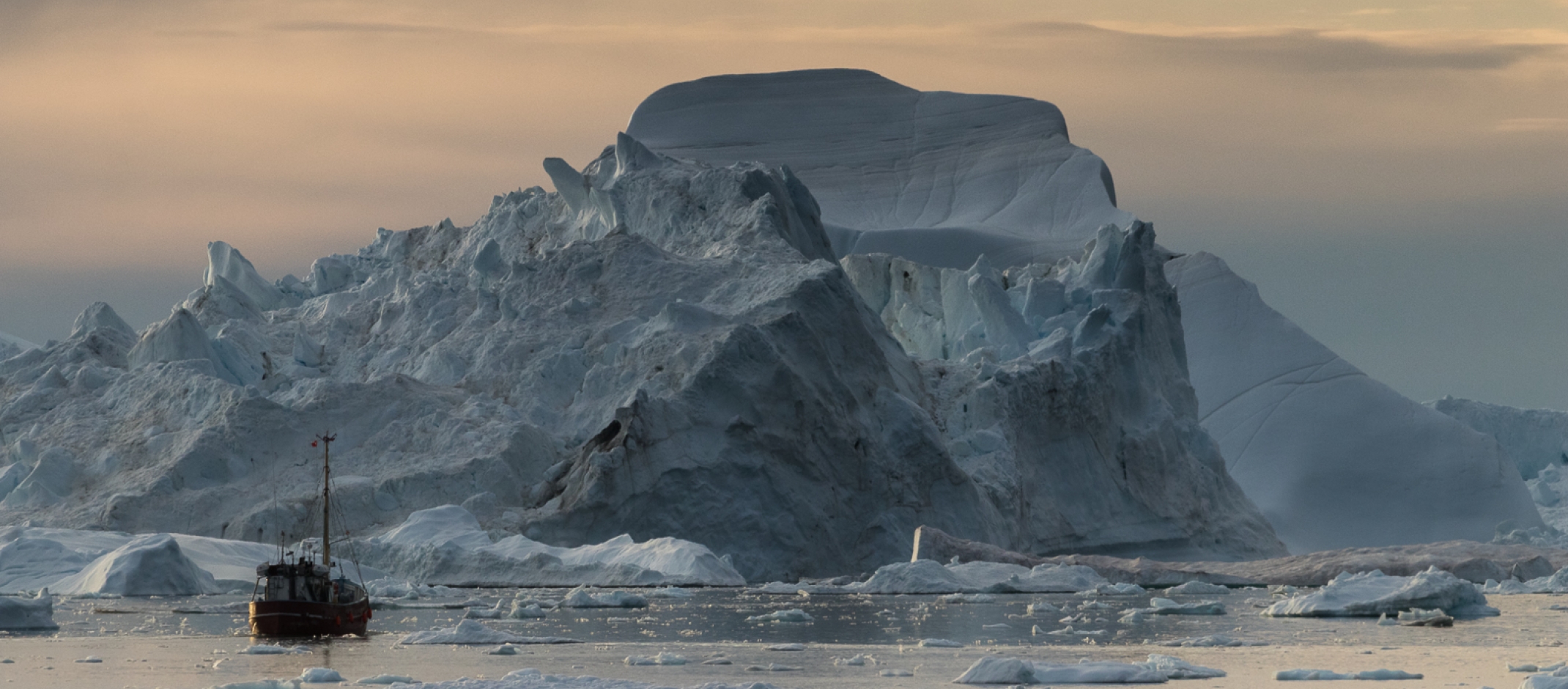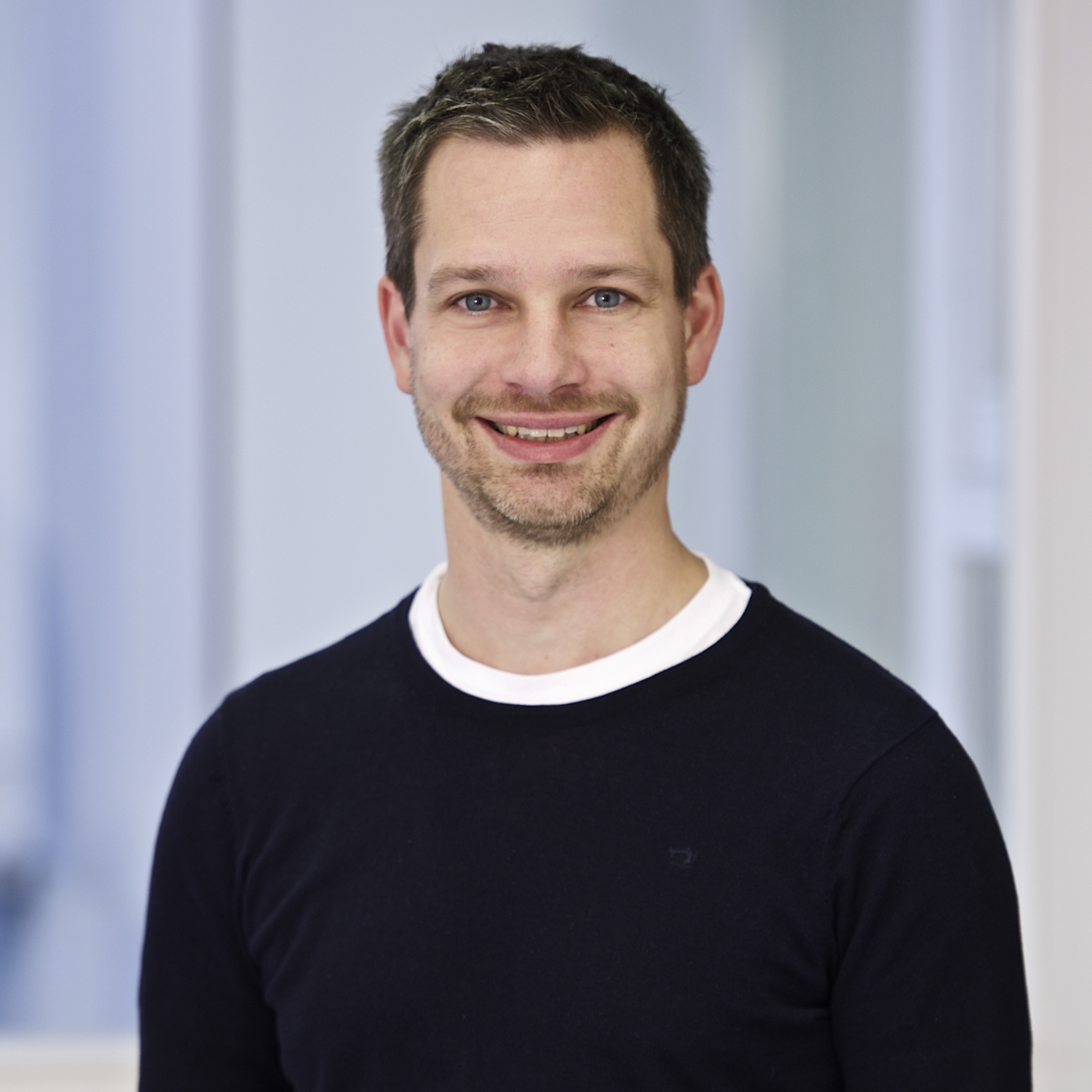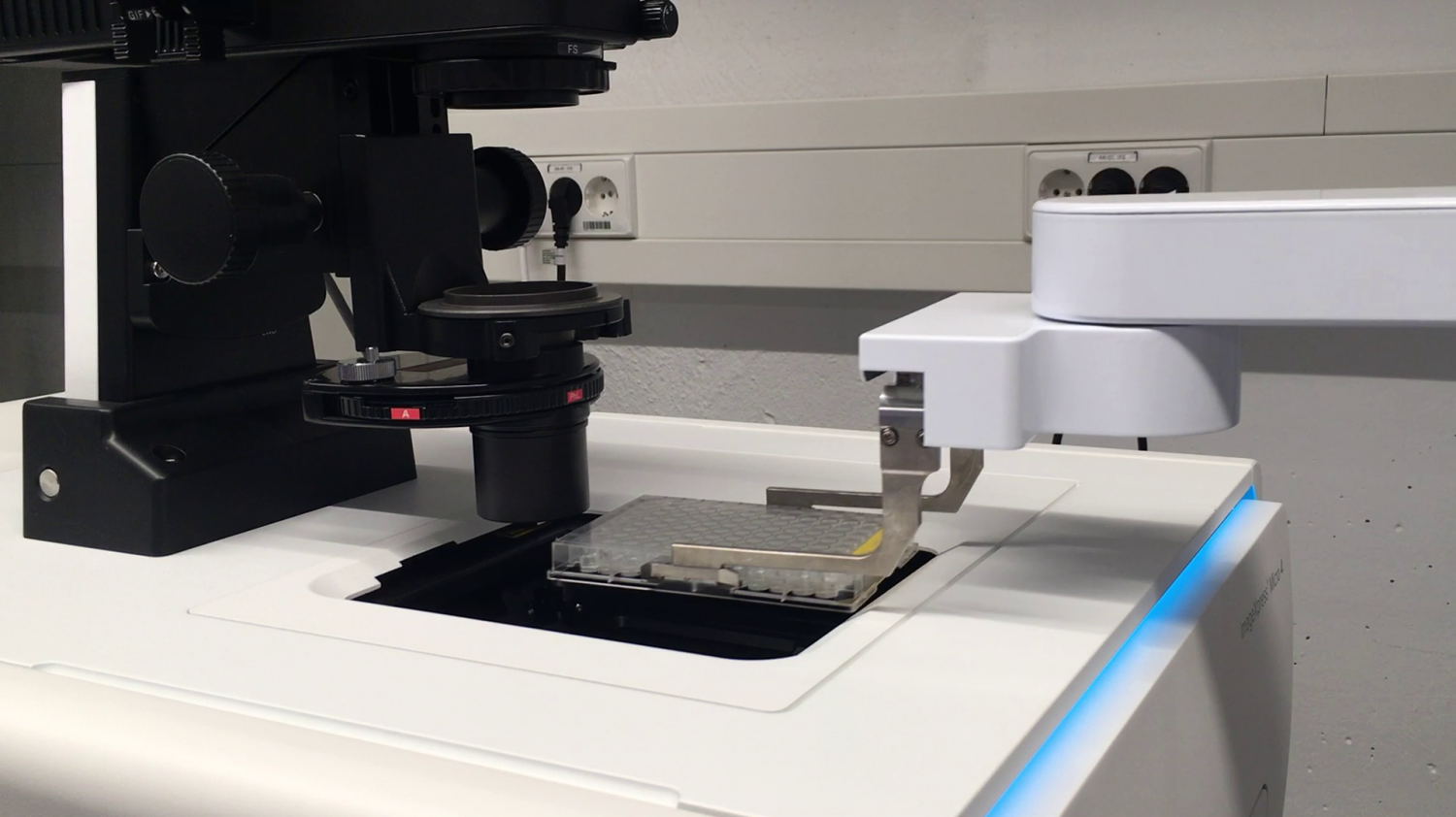Arctic conditions instead of a warm summer in Konstanz

It's the middle of July in Konstanz on Lake Constance, and the outdoor swimming season has finally started after an unusually rainy early summer. But this is not what Lutz Becks, a professor in the Department of Biology at the University of Konstanz, and Domiziana Cristini, a member of his research team, are thinking about. They are currently making the final preparations for their field research in Disko Bay (Greenland), 4,000 kilometres away. For a few weeks, they will be trading their high-tech lab in Konstanz for the rough southwestern coast of Greenland to try to answer an important question: Can toxic algae migrate to Arctic waters from southern latitudes – and, if so, which conditions would favour this migration?
The advantages of a high-tech lab
Konstanz ecologist and evolutionary biologist Lutz Becks and his team are interested in studying the coexistence of aquatic organisms in communities. What species are these kinds of communities comprised of? How do individual species interact with each other? Which environmental conditions foster the coexistence of different organisms in the same habitat – and which do not? "These questions are exceedingly important, for example, in order to take measures for successfully preserving biodiversity and ecosystem functions. To answer these questions, researchers develop theories and models to predict the composition of communities of organisms as accurately as possible", says Becks.
https://youtu.be/DRMHY8A5OjULaboratory robots and automated analysis methods allow Lutz Becks' research team to carry out extensive experiments in a time-saving, fully automated manner. © AG Becks
Usually, he and his team at the University of Konstanz work in a high-tech lab with robots that enable them to conduct automated, high-throughput ecological experiments. For example, they recently determined the resource requirements and consumption of different green algae species and then looked at 960 communities comprised of different combinations of these species. "Performing lab experiments of such scale allows us to test theories from the fields of ecology and evolution and further expand them if necessary", Lutz Becks explains. "However, there are ultimately limitations to our laboratory experiments, which is where the field studies in Greenland come in – both the one we are about to begin and another one planned for spring 2025".
Linking lab and field research
Through the field studies in Greenland conducted in the context of the collaborative project GreenHAB, Becks would like to complement his lab research in a meaningful way with research conducted in the field. The specific question he will be investigating is: Can toxic algae invade Arctic waters?

"In warm and temperate coastal regions, there are more and more mass incidences of microalgae that produce toxins or otherwise harm the environment. This is what is known as a toxic algal bloom. In recent years, however, the algae species involved have also been observed more and more frequently in the Arctic Ocean".
Lutz Becks
It is therefore quite possible that the warming of the Arctic regions due to climate change will further drive the spread of toxic microalgae species in these areas. For this reason, Becks and Cristini will investigate how various factors influence the competitiveness of toxic and non-toxic species – factors such as the temperature, nutrients and salinity of the water or the presence of predators that feed on algae. Initial experiments were conducted in Konstanz to provide a data basis for the field work. "With the help of a bachelor's student in the last few months, we cultivated Arctic and non-Arctic algal species in the lab to characterize their properties and see how they grow under different conditions -– for example, at different levels of light and salinity", Domiziana Cristini explains.
Heading out into the real world
First of all, the researchers will conduct the same experiments as in the lab under the real conditions of Greenland in order to compare the results. In Greenland, they are also planning to do experiments that are simply not possible in the Konstanz lab setting. "One goal of the project is to test the influence that Arctic predators have on the competitiveness of algal species. These predators include, for example, small crustaceans or ciliates, i.e. zooplankton, which are impossible to keep in our lab in Konstanz", says Lutz Becks. "In order to test whether toxic algae can migrate to Arctic waters, it is also important to conduct experiments with real Arctic algal communities, and they can't be transported and cultivated in the lab", Cristini adds. This is why the corresponding experiments have to be conducted on site.
In April of 2024, a research container equipped with everything needed for the on-site experiments was sent from Konstanz to Greenland’s Disko Bay, where it now sits close by the Arctic research station led by the University of Copenhagen. During the research stay, the container will be cooled to the temperature of the ocean water so conditions are not too warm for the Arctic organisms. "For me, this means I will be working for three weeks at temperatures of about six degrees Celsius. I will thus find out very quickly, whether field research is my thing", says Becks, for whom the Greenland trip will be his first under such conditions. Domiziana Cristini, on the other hand, has more experience in the field. "I have often participated in field research campaigns. For example, while working on my dissertation, I spent a lot of time on a boat on Lake Constance. However, I am sure that this Arctic expedition will be different from my previous experiences", Cristini says.
From Greenland back to Konstanz
Working in the research container means conducting experiments as well as taking samples and securing them for transport to Germany. This is because the actual analysis will mainly take place back in the high-tech lab in Konstanz. In addition, the project will also include a research trip by boat from Iceland to Greenland. Along the way, the boat will stop at different sampling points and collect samples so that the researchers can study which species of algae and other microorganisms are currently present in the Arctic Ocean.
© AG Becks, University of KonstanzA robotic arm transports samples to the Becks research team's high-throughput microscope for analysis.
"The project is a wonderful example of the importance of basic research as well as how lab and field work can complement each other. I am convinced that the two research stays, in connection with our lab work here in Konstanz, will take us a huge step forward in our research. This will allow us to understand the competitiveness of toxic algae and identify potential tipping points, which could lead to harmful algal blooms in the Arctic and impact the entire ecosystem with, of course, consequences for the people living in Greenland", says Becks.
Title image: Photo by Buiobuione, Scenic view of Greenland icebergs and boat in Disko Bay, CC BY-SA 4.0

